Use this set of Year 1 dictation passages to promote listening and transcription skills in your students.
Looking for Year 1 Dictation Passages?
Dictation is a valuable teaching and learning tool. It enables students to apply the punctuation and grammar conventions they have been taught to an authentic text. It also allows students to fine-tune their listening and editing skills.
This set of 20 dictation passages aligns directly with the Australian Curriculum for Year 1. The punctuation and grammar conventions addressed in this teaching resource include:
- Capital letters
- Full stops
- Question marks
- Exclamation marks
- Word families
Each slide also contains two extension activities related to the passage.
This set of Year 1 dictation passages downloads as a Microsoft PowerPoint presentation.
Read on to learn more about using this resource in your classroom!
Using These Year 1 Dictation Passages with Your Students
Here’s a step-by-step guide for using these dictation passages with your Year 1 students. To complete the activity, your students will need a pencil and a workbook.
- Choose a Passage – Select one of the passages from the presentation and display it on your device. Do not share the slide with the students at this point.
- Introduce the Passage – Briefly explain the topic or context of the passage to set the scene. Highlight any new vocabulary or tricky words students might encounter.
- First Read-Through – Read the entire passage aloud at a normal speed so students can listen and absorb the meaning without writing.
- Second Read-Through – Read the passage again, but more slowly this time. Pause at the end of each natural break to allow students time to write down what they hear.
- Third Read-Through – After students have finished writing, read the passage one final time. This time, students should check their work and correct any errors.
- Review – Display the passage on an interactive whiteboard. Have students swap books with a partner, or you may prefer for them to review their own work. Go through the passage as a class, discussing any tricky words or common errors.
Download This Set of Year 1 Dictation Passages
Use the Download button to access this set of dictation passages.
More Editing Activities for Year 1 Students
Here are some more teacher-created, curriculum-aligned editing activities to use with your Year 1 students:
[resource:4188690] [resource:49091] [resource:4546868]
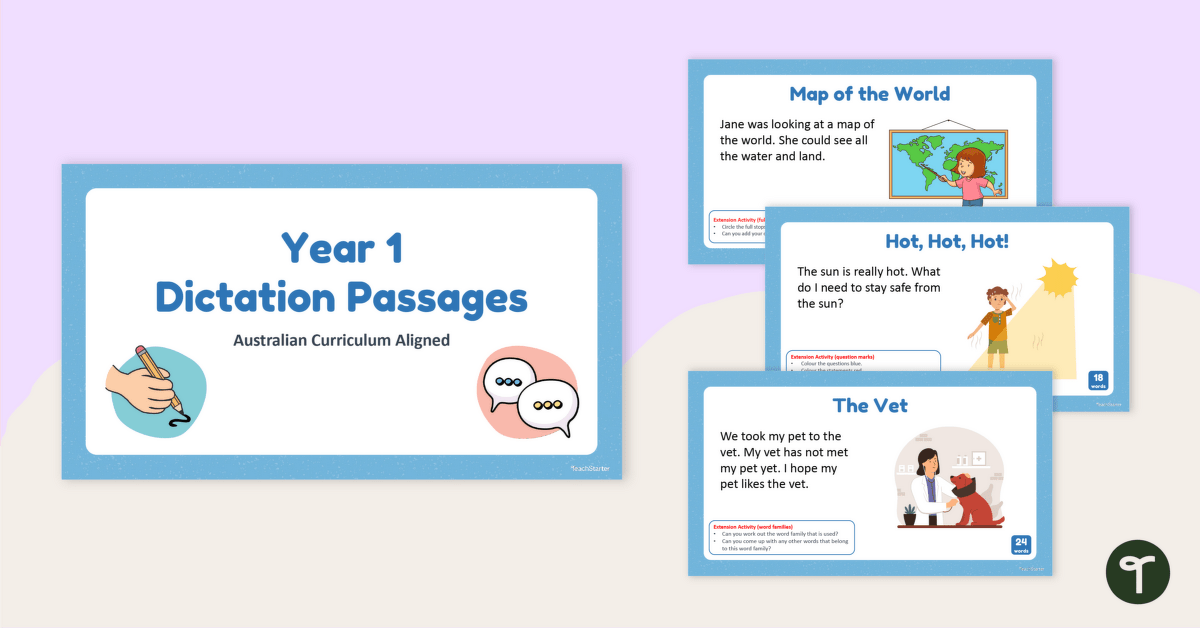

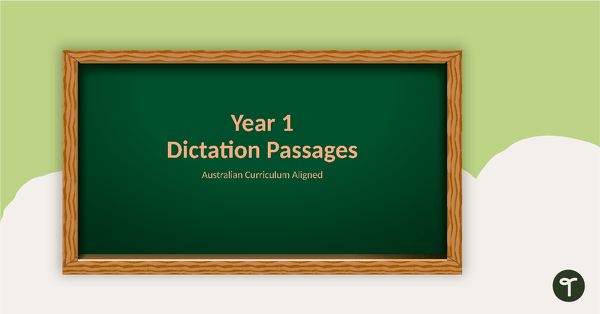
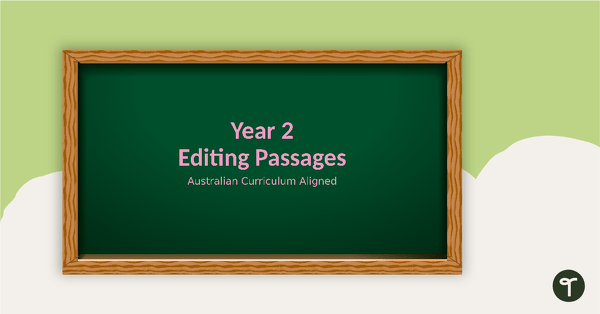
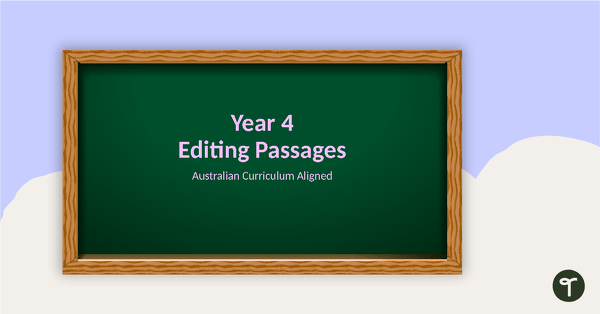
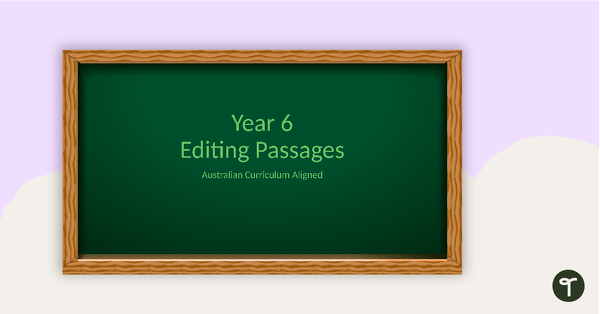
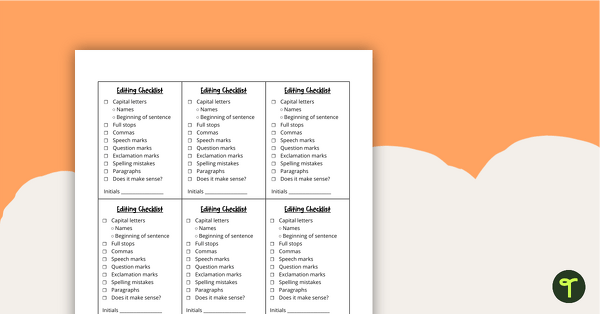
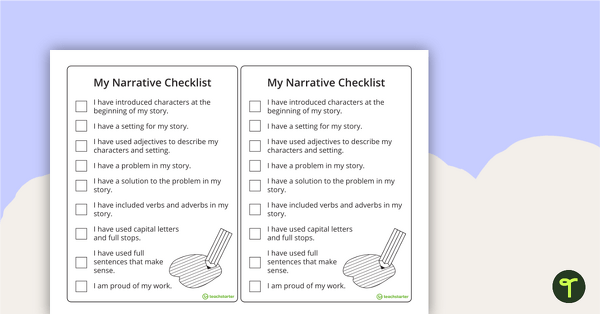
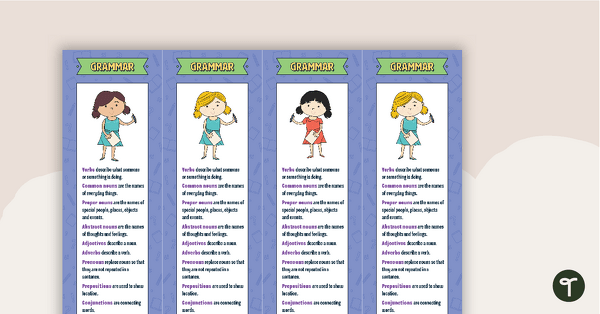
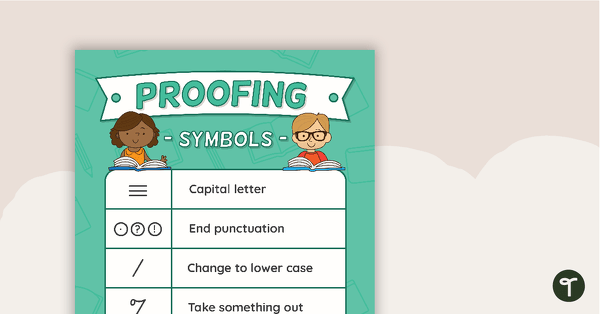
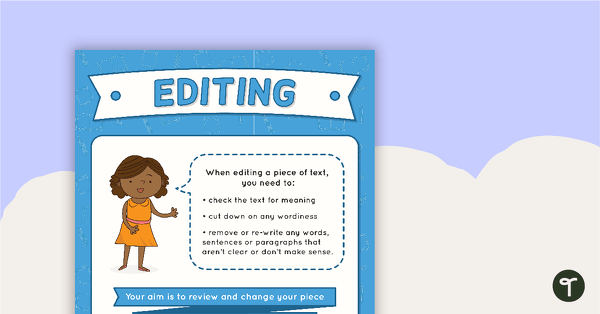
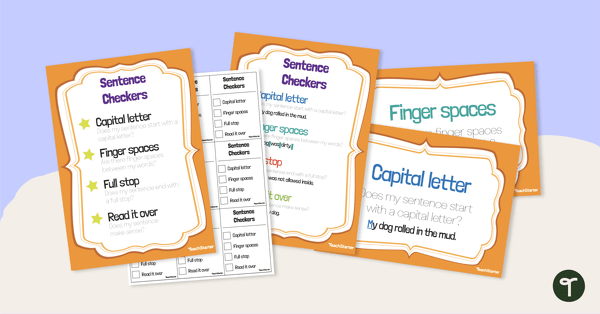
Year 1 and Year 6 slides cannot be opened by PowerPoint. It keeps coming up as 'error'. All other years were not a problem.
Hi Kirsty, We haven't been able to replicate the issue on our end. Sometimes this error happens with older versions of PowerPoint or some school versions which prevent PowerPoint templates being opened. Can I get you to try something for me? Please right click the file and select 'Open' from the menu. This should allow you to access the file without the error message. If there is anything else I can assist you with, please don't hesitate to contact me.
I was wondering how this was designed to be used ... Is the teacher supposed to read the slide to the children and they copy it or do they write it without seeing it or do the children read it to the teacher?
Dictation, by definition, is writing down what another is saying. So for this to be a teaching and learning resource, the teacher reads the sentences aloud while the students write what they can hear, remembering to include what they know about sentence structure and grammatical concepts. When I am reading these to my class, I read the whole passage and then repeat at a far slower pace with a lot of repetition until I feel the students have had an adequate amount of time to write what I have been saying. We mark as a class on the powerpoint.